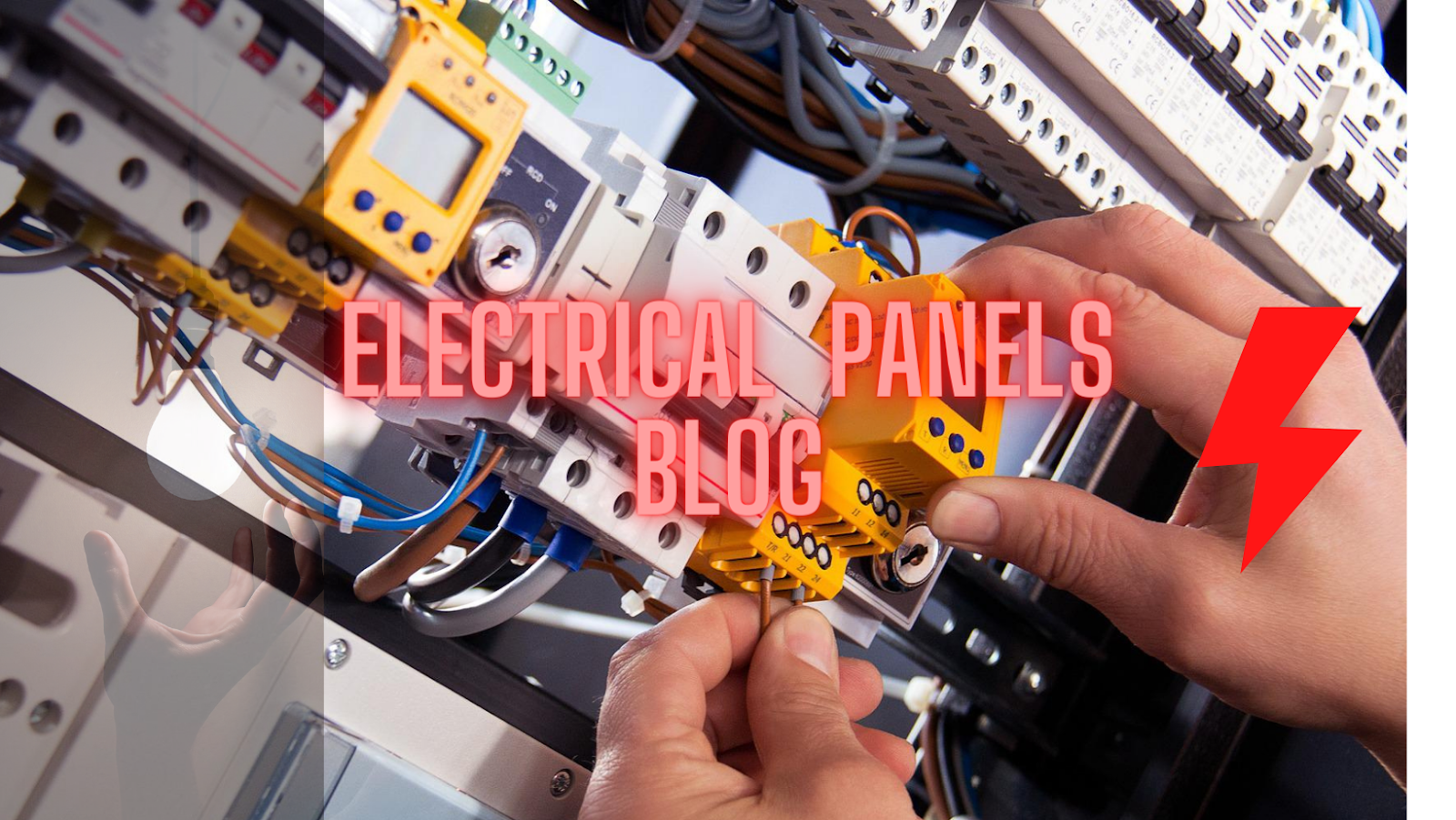In which corrosion categories could galvanized steel be used? This question is frequently
asked, when corrosion protection only is specified to a certain corrosion category. Such a
specification is not enough, since corrosion categories give quite wide ranges for the
environmental exposure of the steel structure without specifying corrosion protection or life
time. More information is needed as basis for a good decision.
Corrosion in different environments
Atmospheric exposure
The corrosion rate of a zinc coating is affected by the time for which it is exposed to wetness, air
pollution and contamination of the surface, but the corrosion rates are much slower than for steel and
often decrease with time. General information on the atmospheric corrosion rate for zinc is given in
ISO 9224.
Table 1 gives basic groups of environments (related to ISO 9223). Where the relative humidity is
below 60 %, the corrosion rate of iron and steel is negligible and they may not require zinc
coating, e.g. inside many buildings. When the relative humidity is higher than 60 % or where they
are exposed to wet or immersed conditions or prolonged condensation then, like most metals, iron
and steel are subject to more serious corrosion. Contaminants deposited on the surface, notably
chlorides and sulphates, accelerate the attack. Substances that deposit on the surface of the iron
and steel increase corrosion if they absorb moisture or go into solution on the surface of the iron
and steel. The temperature also influences the corrosion rate of unprotected iron and steel and
temperature fluctuations have a stronger effect than the average temperature value.
The micro-environment, i.e. the conditions prevailing around the structure, is also important because it
allows a more precise assessment of the likely conditions than study of the basic climate alone. It is
not always known at the planning stage of a project. Every effort should be made to identify it
accurately, however, because it is an important factor in the total environment against which corrosion
protection is required. An example of a micro-climate is the underside of a bridge (particularly over
water).
The corrosion of steelwork inside buildings is dependent upon the internal environment but in “normal”
atmospheres, e.g. dry and heated, it is insignificant. Steelwork in the perimeter walls of buildings is
influenced by the configuration within the perimeter wall, e.g. steelwork without direct contact with the
outer leaf of a wall comprising two parts separated by an air space is at less risk of corrosion than
steelwork in contact with or embedded in the outer leaf. Buildings containing industrial processes,
chemical environments, wet or contaminated environments should be given special consideration.
Steelwork which is partially sheltered, e.g. farm barns and aircraft hangars, should be considered as
being subject to the exterior environment.
Table 1 sets out an indication of the likely range of corrosion rates which are applicable to zinc
coatings exposed to the different types of corrosively category dealt with in ISO 9223.
Table 2 indicates the life to first maintenance for hot galvanized steel exposed to the corrosively
categories C3 to CX. For C1 and C2 hot dip galvanizing normally gives very long life times, and could
be used without further analyze.
Copyright by :














